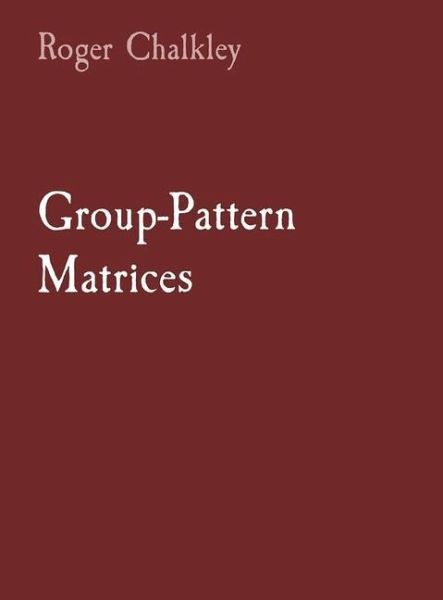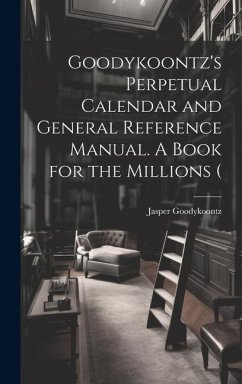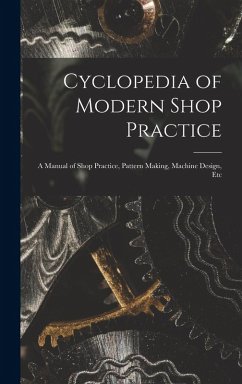
Group-Pattern Matrices
Versandkostenfrei!
Versandfertig in über 4 Wochen
40,99 €
inkl. MwSt.

PAYBACK Punkte
20 °P sammeln!
This mathematical monograph uses the concept of a group-pattern throughout to conveniently characterize various matrices of unusual historical interest. No prior knowledge about groups is needed. A group-pattern for a group G having n elements is provided by the n x n interior of any multiplication table for G in which the identity element of G occupies each of the n principal diagonal positions. A group-pattern matrix results when each group element in the group-pattern is replaced at each of its positions by an element of a given set. For the key specializations of this definition, complete ...
This mathematical monograph uses the concept of a group-pattern throughout to conveniently characterize various matrices of unusual historical interest. No prior knowledge about groups is needed. A group-pattern for a group G having n elements is provided by the n x n interior of any multiplication table for G in which the identity element of G occupies each of the n principal diagonal positions. A group-pattern matrix results when each group element in the group-pattern is replaced at each of its positions by an element of a given set. For the key specializations of this definition, complete details and new viewpoints are presented.












